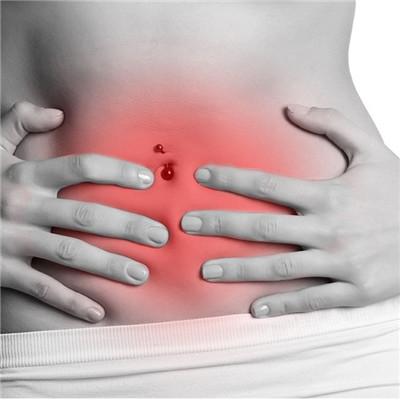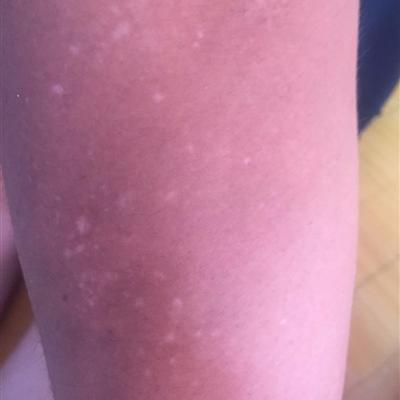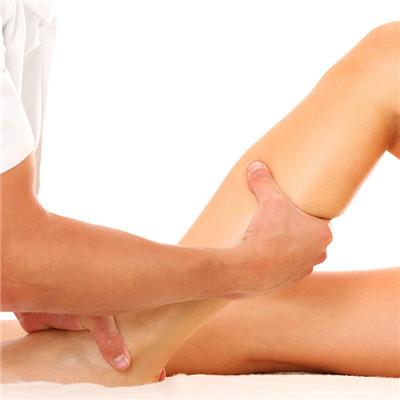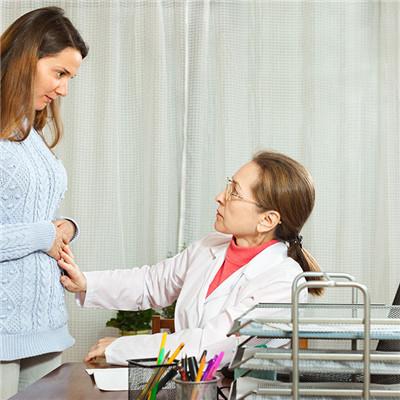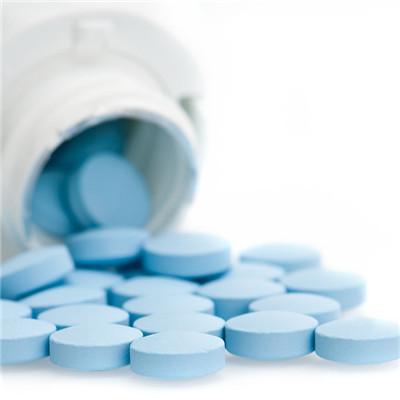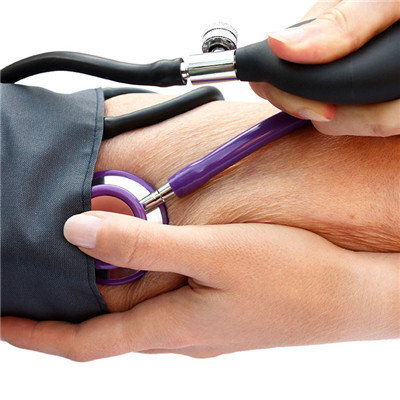Clinical symptoms of renal cyst
summary
In general, if the size of cyst is less than 4cm × 4cm and there is no symptom, there is no need to deal with it, only regular ultrasound examination is needed. If the size of the cyst is more than 4cm × 4cm, there are indications for operation. Let's talk about the clinical symptoms of renal cyst.
Clinical symptoms of renal cyst
First: single kidney cyst has no symptoms, only when it becomes large, causing low back pain, there will be symptoms. When a single cyst occurs, sometimes you can feel a soft mass in the abdomen with your finger. Polycystic kidney disease can occasionally cause hematuria (with blood in the urine), or repeated episodes of pyelonephritis. In most cases, polycystic kidney disease is asymptomatic, unless the cyst finally replaces too much renal tissue, leading to chronic renal failure. When the disease reached the point of chronic renal failure, symptoms began to appear.
The second reason is that the cyst is usually found in the kidney for some other reason. Many patients with renal cysts do not know they have the disease. However, severe polycystic kidney disease is rare. In the United States, about 2% of chronic renal failure is caused by renal cysts.
Third: the imaging findings of renal cysts are similar to renal tumors. Sometimes renal cysts can be combined with renal tumors, and renal tumors can have cystic changes. The difference between the two is that if the imaging examination indicates that the cyst wall is thin and the cyst contains clear serous fluid. Most of them are benign. If the cyst wall is thick but not smooth, and the fluid is bloody, it indicates the possibility of malignant transformation. The malignant transformation rate is about 3%.
matters needing attention
Proteinuria, hematuria, abdominal cysts, hypertension, hematuria are the main symptoms of renal cysts. If you really have these symptoms mentioned above, you should be warned, because this is a warning. You should go to the hospital as soon as possible for examination and active treatment, which is the key to patients' early health.
